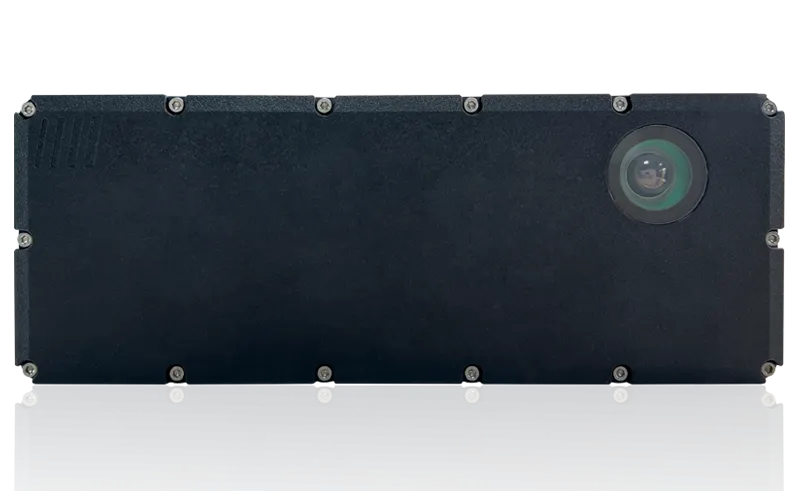Lafarge Contracting is helping build a sophisticated test track for future vehicles. Prototype vehicles are now being driven today on the new test track built by Lafarge. The pioneering cityscape circuit replicates the road network of an urban environment but is equipped with sophisticated telemetry, communications, monitoring and vehiclecontrol technologies.
February 24, 2012
Read time: 2 mins

Prototype vehicles are now being driven today on the new test track built by Lafarge.
The pioneering cityscape circuit replicates the road network of an urban environment but is equipped with sophisticated telemetry, communications, monitoring and vehiclecontrol technologies.
Created for
Lafarge was appointed to carry out two rounds of work on the circuit, which has been specially designed to test the next-generation of ultra-smart cars featuring advances such as on-board pedestrian-detection and collisionavoidance intelligence. Lafarge worked with innovITS to deliver the two construction phases of innovITS' Advance City Circuit. This involved working to tight deadlines and budgets to produce an innovative facility despite unexpected changes and severe weather. For the contractor this provided an unusual and challenging scheme and the firm built 4km of track, installed all the drainage, power and data cabling, threaded the whole circuit with fibre optics and erected four overhead gantries, eight CCTV cameras and 12 street lights.
It also employed its own high-performance, durable materials, including Axoshield and Axoaltoflex, as well as recycling planings from works to the access roads. No general waste went to landfill and, despite inclement weather all works for the second phase were completed on time.









